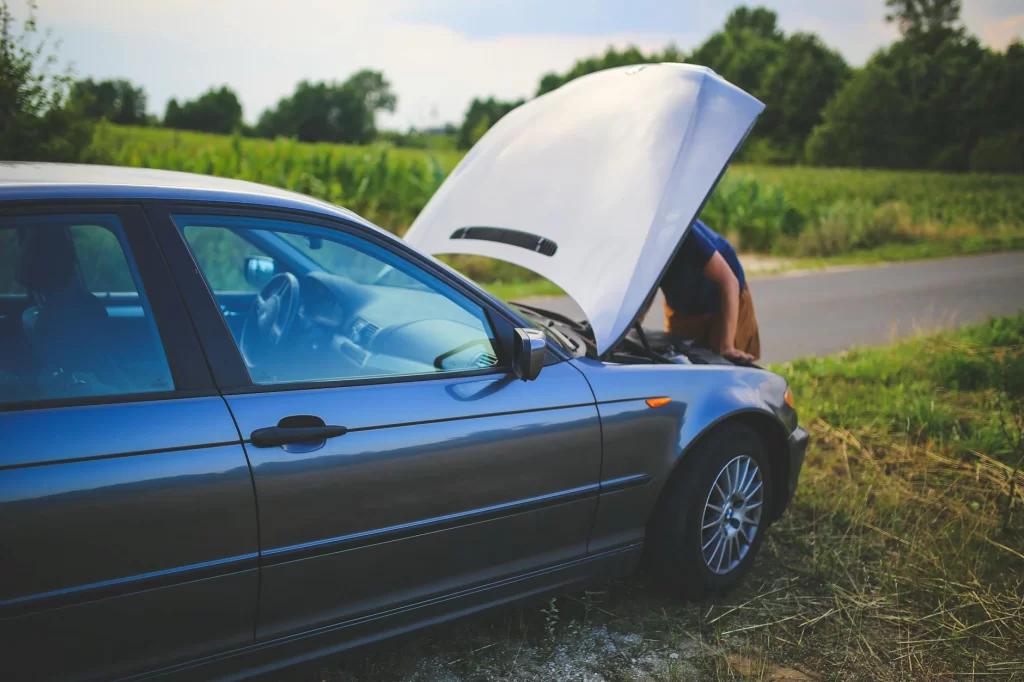Last Updated on Thursday, August 21, 2025 by Lavania Oluban

The used car market offers enormous choice. You can save thousands compared with buying new, but you also take on more risk. Sellers polish and advertise their cars to look inviting, yet paintwork and paperwork may conceal expensive problems.
Whether you are eyeing a budget hatchback or a premium saloon, the difference between a bargain and a burden lies in how carefully you investigate before handing over your money. That’s why it’s so important to do the right checks to find a used car you love.
Vehicle history and documentation
Start with the paperwork before you inspect the bodywork. Request the logbook (V5C) and make sure the seller’s name and address match their identification. A mismatch can signal a problem, so walk away if explanations sound flimsy.
Check the MOT history online using the registration number; frequent failures or long lists of advisories suggest neglect. A full service history tells you who maintained the car and when.
If you see gaps of several years, assume vital fluids or parts may never have been changed, which will cost you sooner or later.
Exterior and interior inspection
Stand back and view the car in daylight rather than under artificial lighting. Look along the panels for ripples or mismatched paint that reveal accident repairs. Uneven gaps between doors and the bonnet usually indicate previous damage.
Tyres should wear evenly across the tread; bald edges can point to suspension issues. Step inside and pay attention to seat bolsters, pedals and steering wheel: heavy wear on these parts doesn’t tally with a low odometer reading.
Switch on every electrical function you can – windows, air conditioning, stereo – because even minor faults add up to significant repair bills.
Mechanical checks
Open the bonnet and check fluid levels and condition. Oil should not look like sludge, and coolant should be free of oil contamination. Pull the dipstick and check for a milky residue, which hints at a failing head gasket.
Look for leaks under the car and around seals. When you start the engine from cold, listen for rattles, knocking or smoke from the exhaust. Blue smoke means it burns oil, while white clouds can point to coolant in the combustion chamber.
If possible, bring along a trusted mechanic for a professional opinion; their fee may save you thousands.
Test drive and performance evaluation
Take your time on the road. Accelerate hard to check the engine responds cleanly without hesitation. Run through every gear and feel for crunching synchromesh or a slipping clutch.
Brake firmly to ensure the car stops in a straight line without vibrations. At moderate speeds, release the steering wheel lightly – persistent pulling can show alignment problems.
Use rougher roads to listen for clunks from suspension components. A seller may encourage a short spin, but insist on at least 20 minutes to reveal hidden faults. By the end, you should know whether the car inspires confidence or doubt.


